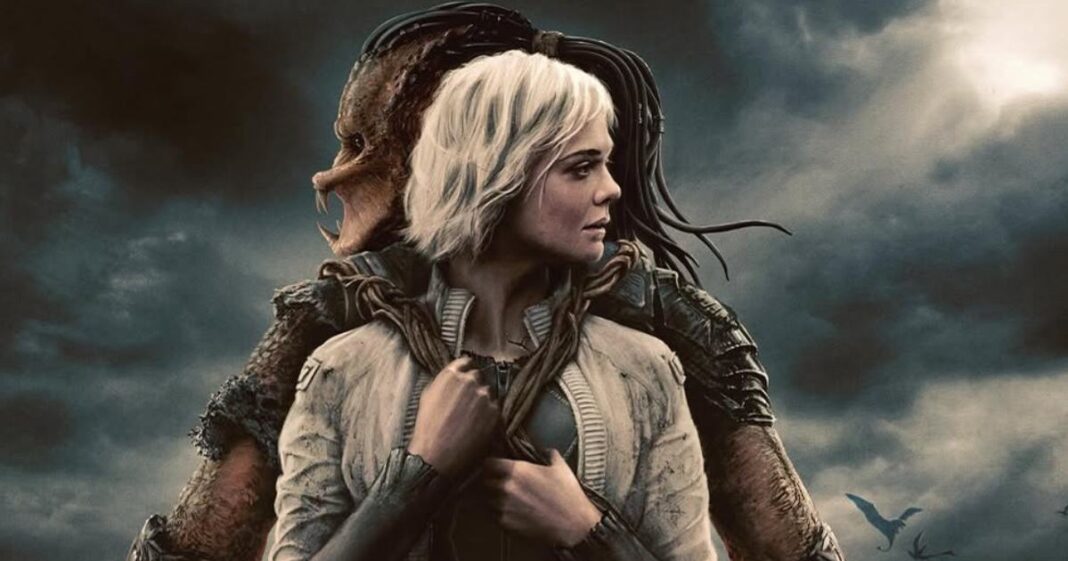
The tragic passing of Paul Walker in November 2013 sent shockwaves through Hollywood and altered the direction of the blockbuster action franchise that made him a star. Walker died at age 40 in a car crash while attending a charity event for his non-profit foundation, shortly after filming had begun on Furious 7 — a movie that would gather enormous success, partly due to fans rushing to honor the actor one last time on the big screen.
At the time, Walker had become inseparable from his role as Brian O’Conner in the Fast & Furious saga. First appearing in 2001, his character helped anchor the series’ blend of high-octane street-racing and underdog camaraderie.
How Losing Paul Walker Affected the Production of Furious 7
Walker’s death not only left a void on camera but also triggered an immediate production crisis behind the scenes. The producers of the seventh Fast and Furious installment halted production to assess how to proceed.
View this post on Instagram
Trending
To complete Furious 7, the studio decided to recruit Walker’s brothers, Cody and Calen, as body doubles, in addition to integrating archival footage and applying sophisticated CGI to reconstruct his visuals. Reading about the process, one finds that approximately 350 additional shots of Walker’s likeness were created and relit for continuity, particularly towards the film’s ending moments.
How Did Furious 7 Honor Paul Walker’s Legacy
The resulting film became a tribute, culminating in an emotionally charged farewell, particularly the scene of his metaphorical separation from Vin Diesel, which became the franchise’s most standout moment.
Beyond that individual film, Walker’s death recalibrated the franchise in three significant ways. First, the familial “found-family” theme, emphasised by Walker’s on-screen bond with Diesel’s Dominic Toretto, gained heightened significance as a marketing and creative pillar. The Guardians of the Galaxy actor later acknowledged that Walker’s “opinion has always mattered” and that he works to “make you proud” in his honour.
View this post on Instagram
The Fast and Furious Series Was Never the Same After Losing Walker
With the loss of a key character, the narrative entailment shifted, as well, giving rise to dramaturgical inconsistencies. Brian O’Conner’s presence became more symbolic, his absence present in the story’s subtext as an emotional undercurrent. In later installments, such as The Fate of the Furious, although Brian is never seen on-screen, his absence is referenced repeatedly, serving as a motivation for other characters. However, it has been made clear that Brian is alive and happy, living peacefully with Mia and their son.
In this new, unfamiliar territory, Fast and Furious decided to change its tone, and its ambition expanded. With the stable of original cast members changed, it moved from street-racing roots toward global espionage and spectacle — an acceleration fans and analysts attribute to Walker’s death. The absence of a major protagonist didn’t have any residual effects in the fictional universe; is just one example of the franchise losing its fuel.
View this post on Instagram
Yet, despite the adversity, the franchise endured and even flourished, a testament to Walker’s legacy. His character remains beloved, his memory invoked in subsequent films and public tributes. As Vin Diesel revealed recently, the upcoming finale of the franchise will include Brian O’Conner “one last time,” underscoring how Walker’s influence persists even more than a decade later.
Advertisement
For more such stories, check out Hollywood News
Must Read: Bugonia: Emma Stone Was ‘So Afraid’ During Filming— Here’s What Really Happened
Follow Us: Facebook | Instagram | Twitter | YouTube | Google News



 Follow Us
Follow Us











